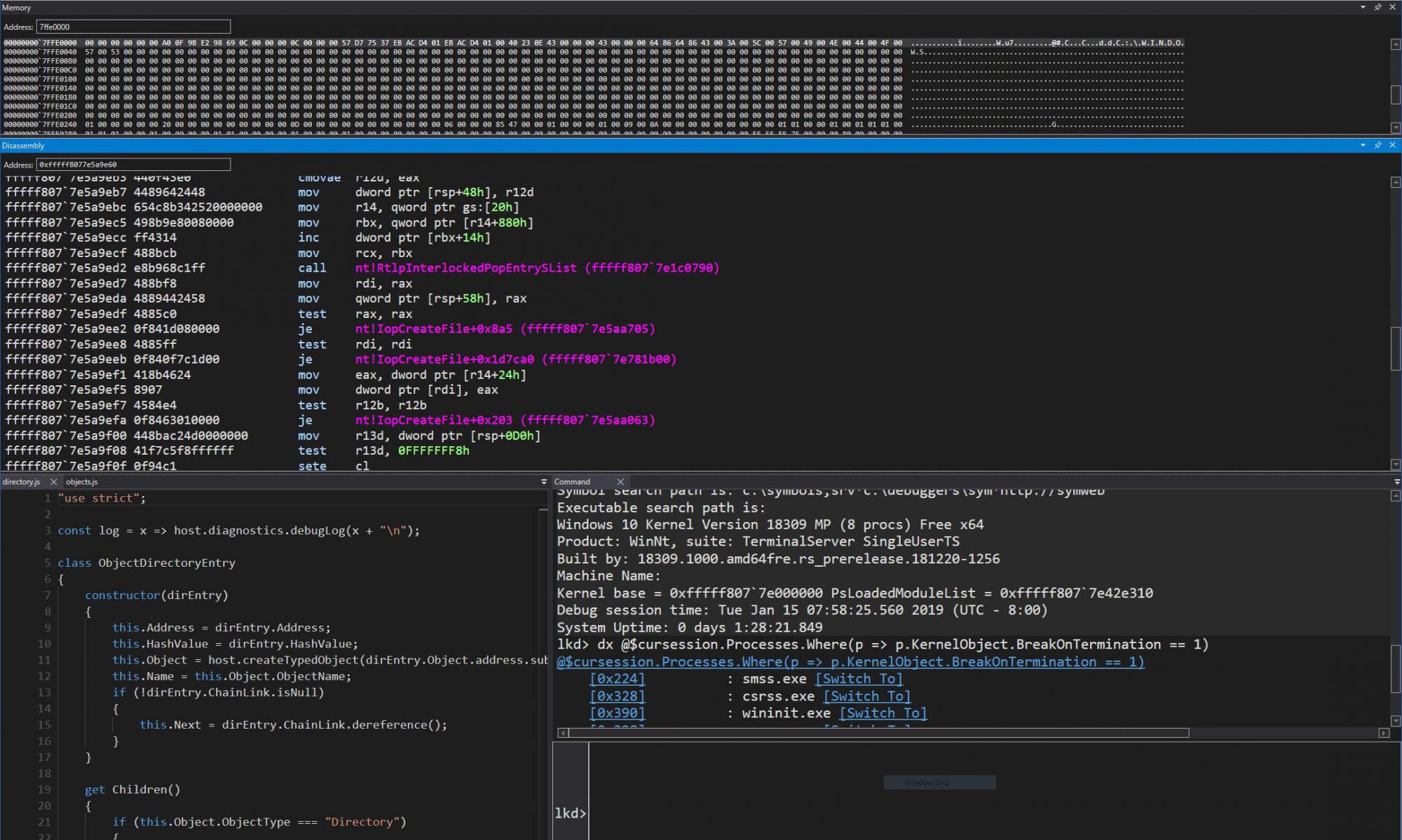I’ve been a bit slow updating the blog, and so today, I want to take the time to explain what’s been keeping me busy by shareing some exciting news. As this post’s title suggests, I am indeed co-authoring Windows Internals 5th Edition, the latest update to Mark Russinovich and David Solomon‘s Windows Internals 4th Edition book.
The book will mark a return to the previous format of the series — unlike the last edition which covered all supported Windows NT operating systems (2000, XP, 2003), this edition will only cover the Vista and Server 2008 operating systems. This is a great change, because it means less time is explaining minute differences between the 4 different algorithms used in a lookup in each version, and more time is spent talking about what really matters — the behavior and design decisions of the OS.
I’m happy to say this new edition will have a least 250 pages of new information, not only updating various chapters with new Vista/Server 2008 changes, but also adding entirely new sections which previous editions had never touched on, such as the user mode loader in Ntdll.dll, the user mode debugging framework, and the hypervisor. It isn’t only the internals information that will benefit from the update; as a matter of fact, all references to tools, resources and books have also been updated, including up-to-date information on the latest Sysinternals tools, as well as exciting, helpful new experiments that demonstrate the behaviors explained in the text. For those of you who have read Mark’s TechNet Magazine “Inside Vista Kernel Changes” series and its Server 2008 counterpart (for those who haven’t, I strongly suggest you do!), you’ll be glad to know that the book includes all that information and expands on it as well.
The book work is still ongoing, but planned to end soon, after which it should go to print in October and be on shelves in January 2009. My book work is about to reach its one-year anniversary, and I must say that working with Mark and David has been a pleasurable learning experience, as well as a great chance to continue my reverse engineering work and hone my skills. What made ReactOS fun was being able to share my discoveries with the world as code — the book work has allowed me to share that information as text, part of the best internals book available, to a much wider audience. I’m thankful for that, and I can’t wait for everyone to have a chance to read it!
Look for the book hitting your nearest bookstore just after New Year’s. As a sneak peak, here’s a high-quality copy of the book’s cover while you wait.

